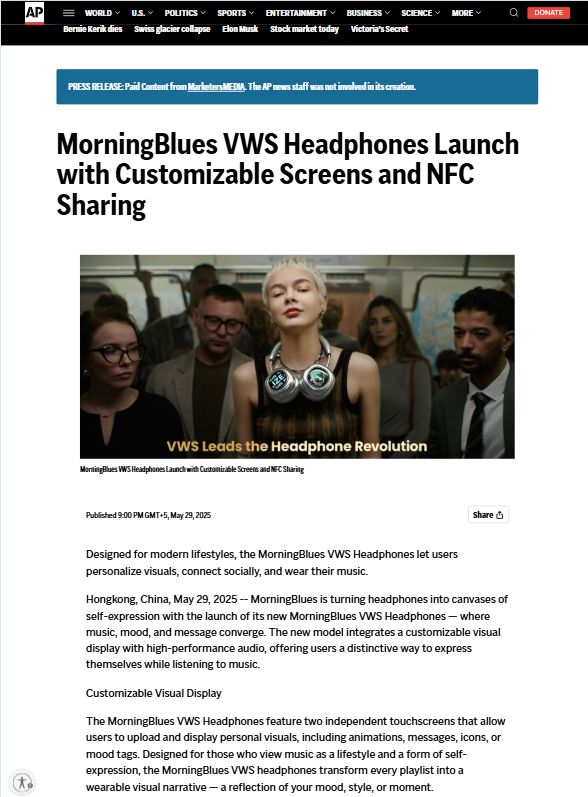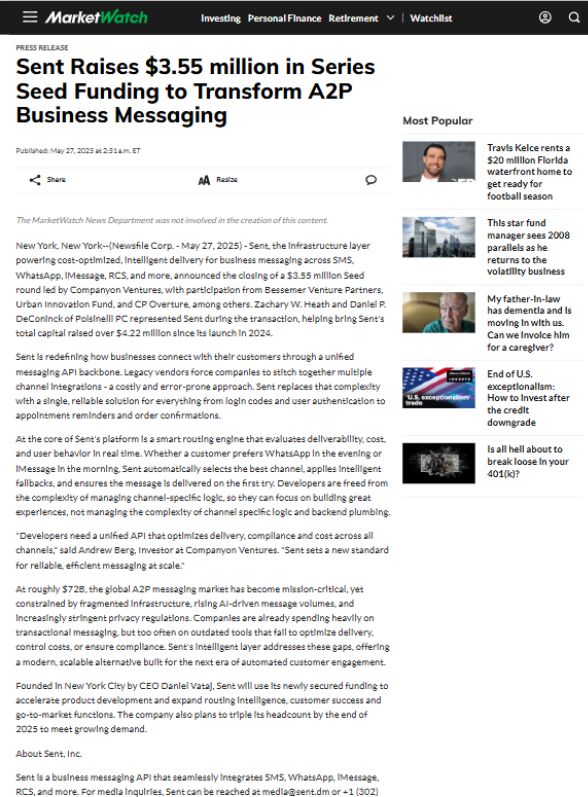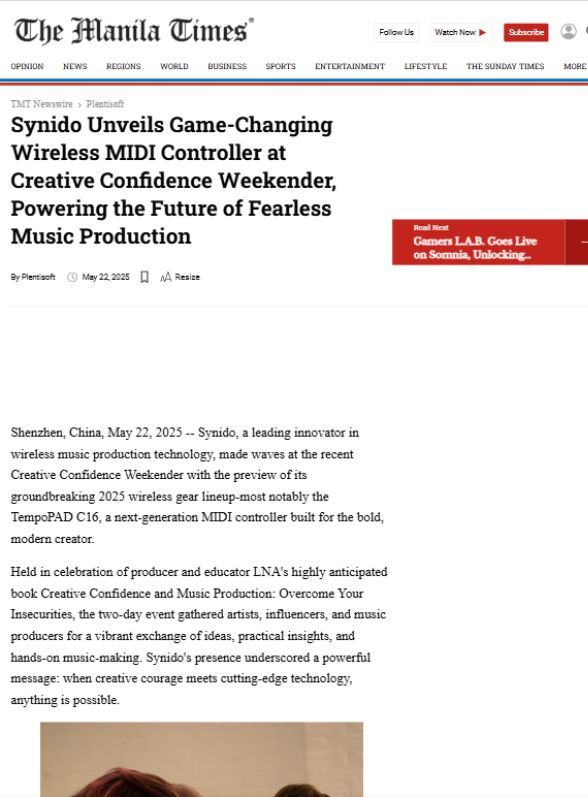Introduction
The Traditional Role of Public Relations Was to Communicate With has long been an essential facet of communication for businesses, organizations, and individuals alike. Historically, the role of public relations has been to communicate key messages, enhance public perception, and manage relationships with various stakeholders, including the media, employees, customers, and investors. While traditional public relations focused largely on press releases, media relations, and events, the digital era has transformed this landscape, incorporating more sophisticated and diversified tools. Today, public relations extends beyond mere communication and involves strategic planning, reputation management, and integrated efforts across multiple platforms.
Table of Contents
This shift has posed a challenge for many businesses in adapting to modern practices. As a result, more businesses are relying on companies that are capable of offering a more dynamic and integrated approach to communication. IMCWire stands at the forefront of this transformation, bridging the gap between traditional PR techniques and modern-day digital communication. By combining strategic communication with innovative digital tools, IMCWire offers services that go beyond the ordinary.
In this article, we will explore the traditional role of public relations, how it has evolved, and why IMCWire stands out as a leader in the industry, offering a more comprehensive and modern approach to public relations.
The Traditional Role of Public Relations Was to Communicate With
In its traditional form, public relations was centered around building and maintaining positive relationships between an organization and its key stakeholders. These stakeholders could include customers, the media, investors, employees, and even the broader community. Public relations professionals were tasked with shaping the public image of a company, influencing opinion, and managing communication in times of crisis.
The core functions of traditional public relations involved:
- Media Relations: One of the primary functions of public relations was engaging with journalists, reporters, and editors to secure positive media coverage. This often involved crafting press releases, pitching stories, and responding to media inquiries.
- Crisis Management: In times of corporate crises, such as scandals or product failures, PR professionals played a key role in managing the company’s image. This included controlling the narrative, addressing public concerns, and ensuring that the organization was portrayed in the best light possible.
- Event Planning: Public relations teams were also responsible for organizing events, conferences, and product launches that could generate publicity and engage directly with stakeholders. These events were used as platforms to showcase new products, reinforce brand values, and build relationships with media and influencers.
- Corporate Communications: Internal communication also played a critical role in traditional PR. It was essential for organizations to communicate effectively with employees to maintain morale, share updates, and reinforce the corporate culture. External communication, including annual reports and newsletters, was another key area of focus.
- Public Opinion Shaping: Traditional public relations professionals worked hard to influence public perception, typically by working through media outlets. By aligning a company’s message with the interests of the public, PR teams aimed to ensure a positive image of the organization was maintained at all times.
While these tasks were foundational in the success of many organizations, they are no longer sufficient in today’s rapidly changing media landscape.
The Evolution of Public Relations in the Digital Age
With the rise of digital media and the increasing use of social media platforms, public relations has undergone a significant transformation. The tools and strategies that once worked well are no longer as effective, and companies must evolve their approaches to remain relevant.
- Digital Platforms and Social Media: Social media has changed the way companies communicate with their audiences. Platforms like Twitter, Instagram, LinkedIn, and Facebook have become essential tools for both disseminating information and engaging with stakeholders. Unlike traditional media, these platforms offer direct and real-time communication, allowing brands to interact with customers and respond to crises almost instantly.
- Content Marketing and Blogging: In the digital era, public relations now includes content marketing, with blogs, videos, infographics, and podcasts serving as key tools. These forms of content help brands share their messages more creatively and in a more engaging manner. They also offer a way to control the narrative, bypassing traditional media channels and speaking directly to consumers.
- Influencer Relations: Another significant development is the rise of influencers. Influencer marketing has become a crucial component of modern public relations, with brands collaborating with individuals who have a large online following. These influencers, whether on social media or YouTube, have the ability to shape public perception in ways traditional media cannot.
- Data-Driven Public Relations: With the availability of analytics tools, modern PR is increasingly data-driven. Measuring engagement, monitoring media coverage, and analyzing consumer sentiment allow PR professionals to adjust strategies in real-time. By leveraging data, brands can ensure they are effectively reaching their target audience and measuring the success of their campaigns.
- Integrated Marketing Communications (IMC): Modern public relations no longer functions in isolation. It is now an integral part of broader marketing and communication strategies. The approach of Integrated Marketing Communications (IMC) emphasizes the need for consistency across all communication channels. PR is no longer just about media relations but is instead part of a holistic approach that includes advertising, digital marketing, content creation, and customer service.
Why IMCWire Stands Out in Public Relations
While the evolution of public relations has created new opportunities for communication, it has also led to a more complex and competitive landscape. Many PR agencies and firms have struggled to adapt to these changes, offering services that often feel fragmented or outdated. IMCWire, on the other hand, embraces the integrated approach, blending traditional PR with cutting-edge digital tools and techniques. Here are several reasons why IMCWire outshines its competitors in the PR field:
- Comprehensive Service Offerings: IMCWire understands the importance of integration in today’s media landscape. Instead of offering disconnected PR services, it provides a seamless experience by combining digital marketing, content creation, media relations, and influencer engagement. This all-encompassing approach ensures that every element of a brand’s communication strategy is aligned and effective.
- Real-Time Engagement: In today’s fast-paced environment, the ability to respond quickly to events, crises, or opportunities is crucial. IMCWire excels in real-time engagement, using social media and digital platforms to respond swiftly to emerging situations, keeping clients ahead of the curve and preventing small issues from becoming larger problems.
- Tailored Strategies for Each Client: Every brand is unique, and a one-size-fits-all approach simply doesn’t work in public relations. IMCWire takes the time to understand the specific needs of each client and tailors its strategies accordingly. Whether it’s building brand awareness, managing reputation, or navigating a crisis, IMCWire customizes its approach to achieve the best possible results.
- Expertise in Crisis Management: Public relations crises are inevitable, and how an organization responds can make or break its reputation. IMCWire has a proven track record of handling high-pressure situations, ensuring that its clients maintain trust and transparency throughout the process. The agency’s ability to manage crises effectively and efficiently sets it apart from other PR firms.
- Cutting-Edge Analytics and Reporting: At IMCWire, data is a powerful tool. The company employs advanced analytics to track the success of campaigns and measure the effectiveness of PR efforts. This data-driven approach allows clients to make informed decisions and continuously improve their strategies.
- Focus on Long-Term Relationships: IMCWire prioritizes building long-term relationships with clients, stakeholders, and the media. Unlike many other PR agencies that focus on short-term wins, IMCWire believes in fostering sustained growth and brand loyalty over time. This focus on long-term relationships ensures that clients receive consistent support and guidance as they navigate their communication needs.
- Innovative Use of Technology: IMCWire is always at the forefront of new technologies. Whether it’s using artificial intelligence for media monitoring or employing virtual reality for immersive campaigns, the company embraces technological advancements to create impactful PR strategies. This innovative approach allows IMCWire to offer clients a competitive edge in the ever-evolving media landscape.
Conclusion
The traditional role of public relations was once focused on communication with external stakeholders through a limited set of channels. However, the digital era has transformed public relations into a multifaceted discipline that requires an integrated and forward-thinking approach. Companies like IMCWire have embraced this evolution, offering clients not just traditional PR services but comprehensive, data-driven strategies that include digital marketing, social media, content creation, and influencer engagement.
IMCWire stands out among its competitors due to its holistic approach, real-time engagement, crisis management expertise, and innovative use of technology. By focusing on long-term relationships and delivering tailored solutions, IMCWire continues to redefine what it means to be a leader in the public relations industry.
For businesses looking to stay ahead in a rapidly changing media landscape, IMCWire offers the expertise, tools, and strategies necessary to succeed in modern public relations. By partnering with IMCWire, companies can ensure that their communication efforts are not only effective but also aligned with the demands of today’s digital world.






































